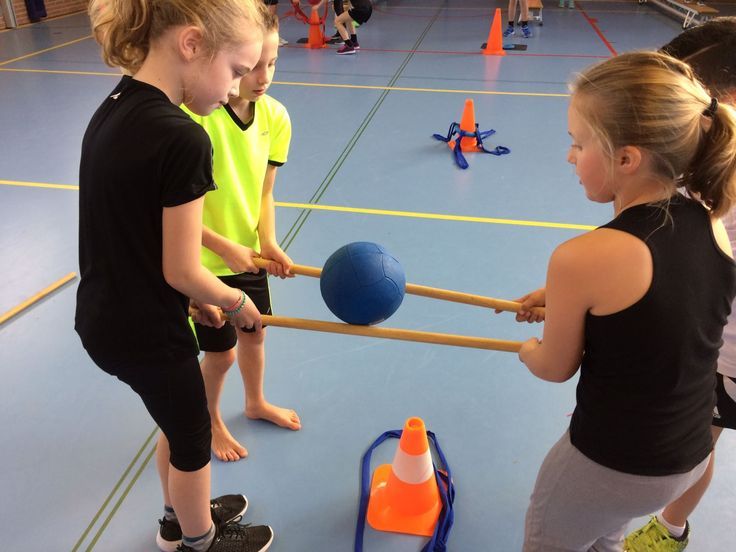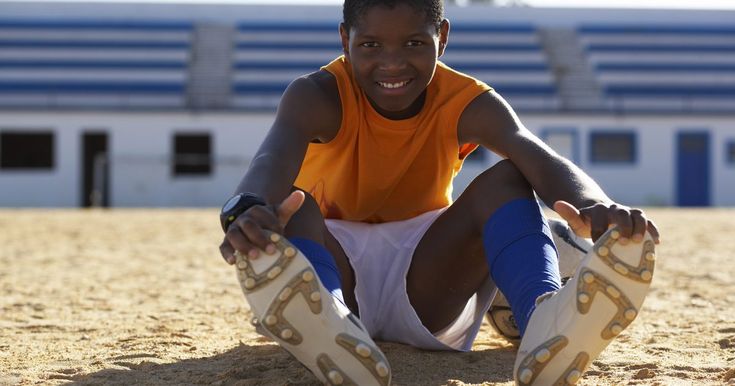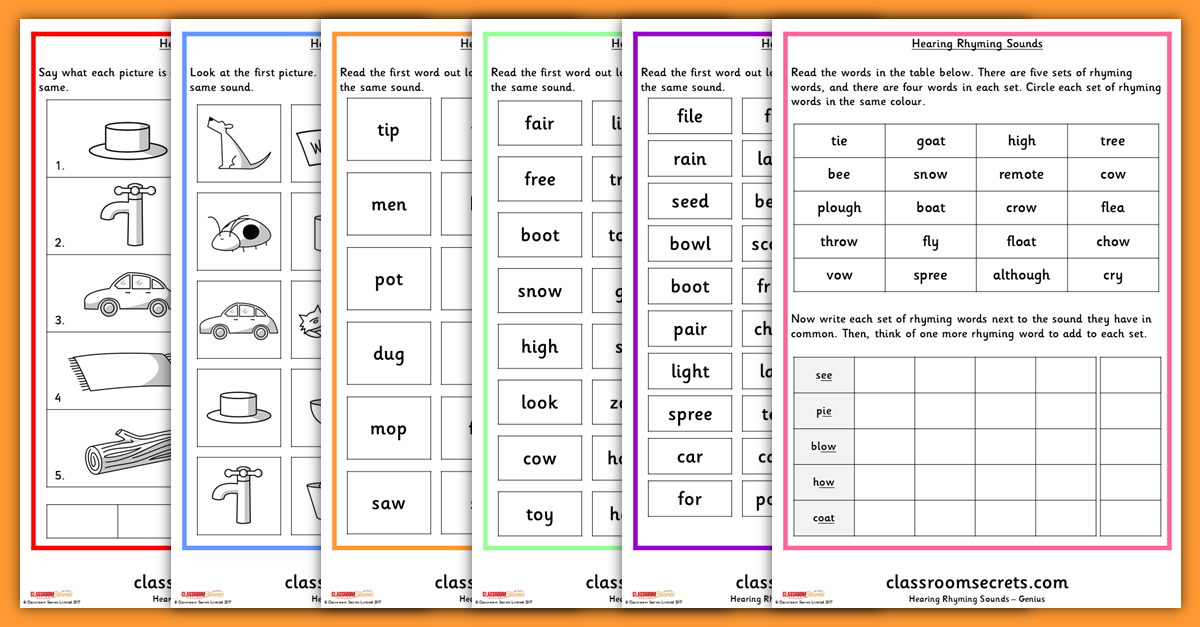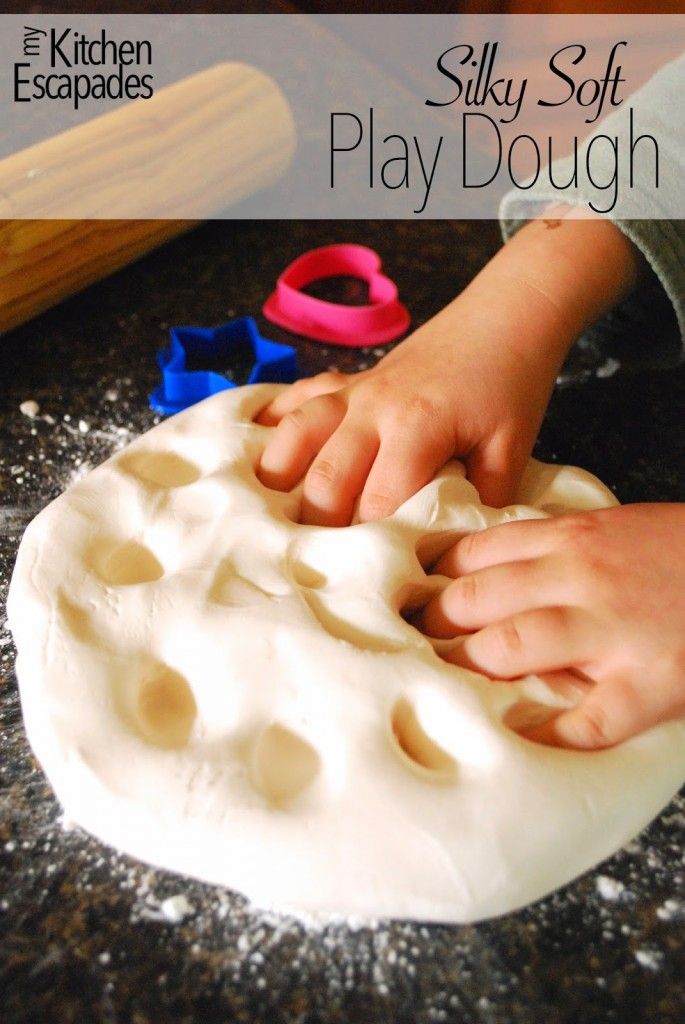When should kids be able to write their name
How to Teach a Child to Write Their Name: Simple Steps
- Share
If you want to learn how to teach a child to write their name for the first time, it can be tempting to whip out a piece of paper and start tracing letters.
If your child is still in preschool, she needs to develop important pre-writing skills before moving onto pen and paper.
Read on to find out how you can go about preparing your child and eventually teaching her how to confidently and correctly write her name.
When Should a Child be Able to Write Their Name?
Firstly, you may be wondering if your 3 or 4-year-old should be able to write their name or why you are practising so often and your child is still not properly writing it.
It’s important to understand that children first start randomly forming and experimenting with letters as part of the developmental stages of drawing.
Scribbles and lines turn into loops and spirals and then shapes.
At some point, between 2 and 4, shapes that vaguely resemble letters start to emerge (like the capital letter T or V). These are not yet necessarily formed on purpose.
At around the age of 4, your child will probably start to “write” on his drawings, which means he is experimenting with forming letters he sees often – in his environment, his name written on his artwork, etc.
He may proudly announce that he is writing. Your child is probably more exposed to his name than any other word if it’s written on his belongings, his artwork and especially if a parent is trying to practise it often.
The simple answer is don’t worry about it. There is no age that your child must know how to write his name. It will probably start emerging around 4 years, maybe a little earlier or later.
If your child is too young developmentally to be expected to write, then the same applies to his name.
While it is inappropriate to start teaching and expecting your child to write, it is understandable that you may want to practise just his name.
There are ways to do this that are fun and developmentally appropriate and that will not cause stress or worse, boredom!
Should Children Write their Names with Capital Letters
It is easier for a young child to learn their name in capital letters first, as these are made up of simpler lines and curves.
Your child will also experience more success when actually being able to form the capital letters.
While many still believe in only capitalizing the first letter, this article on teaching capital letters first is an excellent explanation of why it’s best not to introduce a young child to lowercase letters.
The occupational therapist states:
“No matter how excellent the instruction, not all five-year-olds have the underlying spatial-temporal perceptions or visual motor skills to support learning lowercase.”
When a child learns to form the letters incorrectly, it becomes more difficult later on to form the letters properly.
Here is a common example of how children write a letter ‘a’ when they don’t have fine motor control yet, or they have not been taught the correct formation.
They tend to draw a circle and then attach a line or stroke onto the side. This will not be an easy habit to undo.
Here is an example of how to teach an older child the correct formation. Start at the top, go around to the left, all the way back up, then straight down.
This particular font has a flick at the bottom. Some schools use a font similar to this, or one where the ‘a’ has a straight line without a flick.
This does not matter too much. It is more important to focus on the correct direction and to not lift the pencil to form the line going down.
How Do You Teach a Child to Write Their Name?
Writing is a process of developing many skills, and the very last step in that process is writing letters on a piece of paper with a pencil or pen.
Children begin writing by the first grade because by then they have developed the necessary fine motor control to write correctly and control their pencil.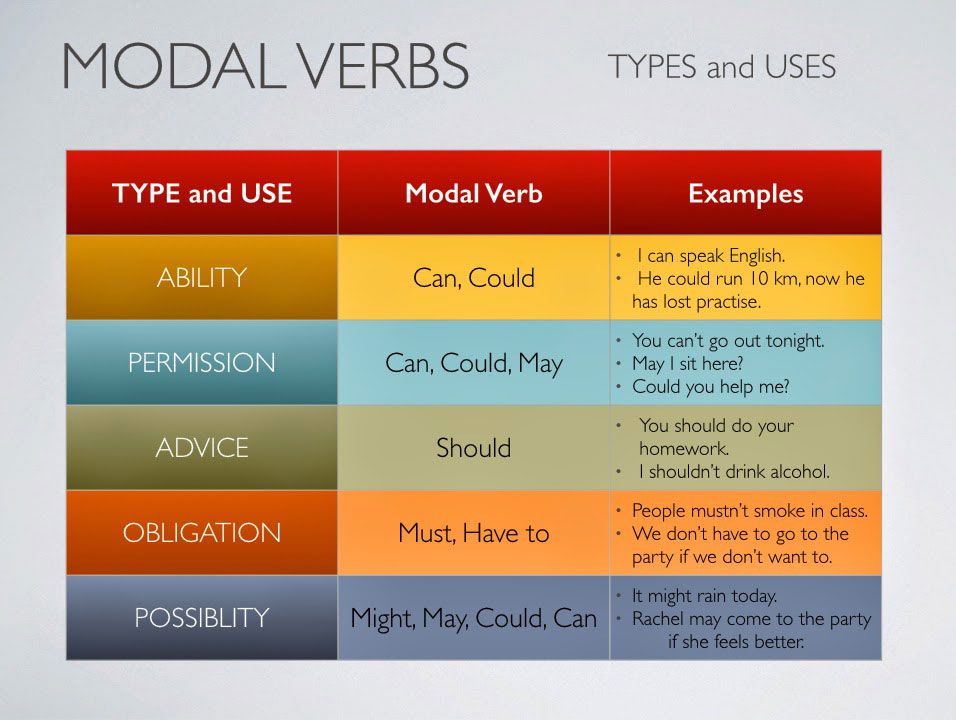
For preschool children, the first step in the puzzle is to develop their fine and gross motor skills, and later to start learning to write their names by being introduced to letters in many different informal ways.
Put away the worksheets, boring traceables, online apps and any other activity that isn’t play-based.
There’s a reason children are wired to play for the first few years of their life. It’s how they learn. Everything else is a waste of time.
Here is a quick breakdown of the steps involved in teaching your child to write their name.
1.
Develop General Fine and Gross Motor SkillsIn order for children to be able to write – a skill that requires fine motor control – they need to first develop their gross motor skills.
Think of this as starting large and going smaller over time.
Gross motor skills can be built through everyday movement and play activities.
Children should experience movements such as climbing, running, swinging, jumping, skipping and playing with balls.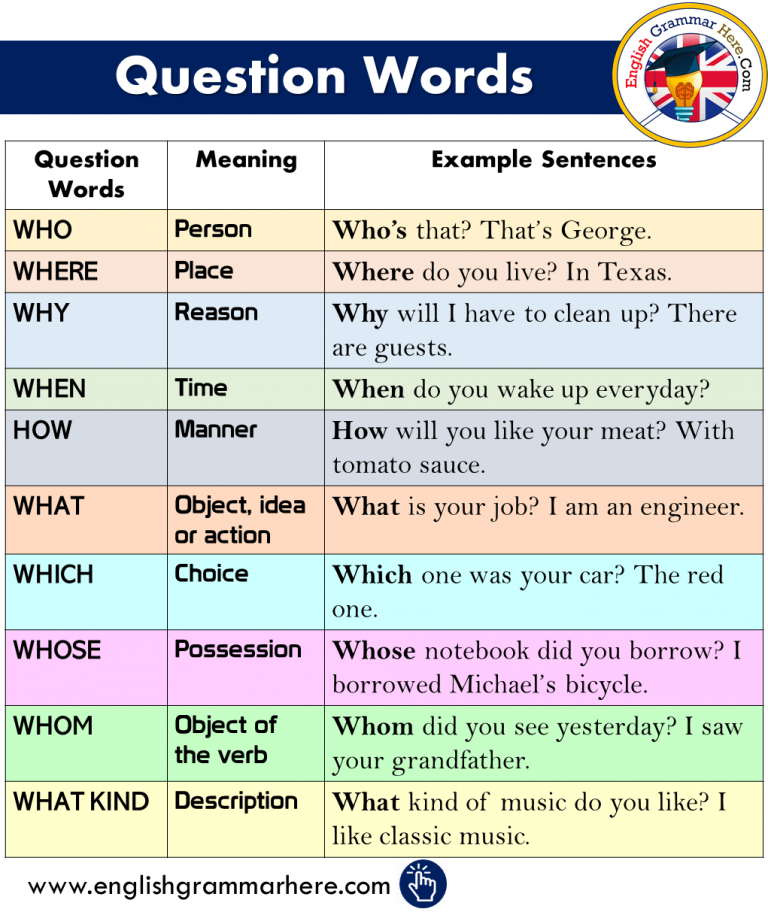
They will naturally develop these muscles during free play and you can also play games with your children to specifically work on these skills.
Children develop their gross motor skills first and later their small muscles strengthen.
Fine motor activities include drawing, painting, playing with beads, using pegboards, threading, lacing, etc.
These are all vitally important as children must have good muscle control before they can hold a pencil and write.
Start with these fine motor skills toys you probably already have at home.
2. Let Your Child See Their Name Often
An important step in learning to write a name is name recognition.
A child who sees her name often will start to understand what it represents, imprint it in her memory, and have greater success when attempting to write it.
Write your child’s name on the top left-hand corner of her pictures. This also teaches how we write from left to right and top to bottom in English.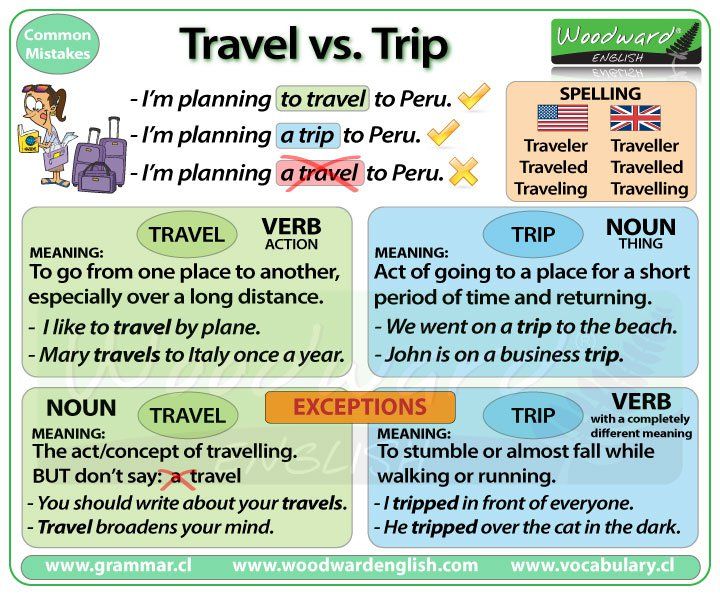
Label her belongings, her bedroom door if possible and any other places that are appropriate.
To help you teach the letters, print your child’s full name out in big on a piece of paper or banner and keep it visible during all the following activities.
3.
Walk the LettersUsing chalk, draw one letter at a time of your child’s name in huge letters on concrete or paving. The letters should be big enough for your child to walk around them.
Practise correct formation by starting in the correct place and moving along the letter in the correct sequence. Use language to explain the formation.
Let’s start here. Walk all the way up. Turn around and go down all the way to the bottom.
4.
Use Messy PlayMessy play is the best way to teach name recognition and writing. Focus most of your attention on these kinds of activities.
Try to use all the senses if possible – touch, sound, smell, taste and sight. When more senses are incorporated, the concepts are learned quicker and associations are made.
When more senses are incorporated, the concepts are learned quicker and associations are made.
This post contains affiliate links for educational products that I personally recommend. If you purchase through one of them, I earn a commission at no extra cost to you. Read the terms and conditions for more details.
The messier the activity is, the more likely your child will remember the letters they were playing with and their shapes.
- Use a large paintbrush dipped in water to trace over medium-sized letters drawn in chalk on the paving.
- Form letters in shaving cream.
- Form letters in a tray of sand or in the sandpit.
- Bake letter cookies.
- Say the letter sounds out loud as you form them (not the name ‘bee’ but the sound ‘b’).
- Write the letters on big pieces of sandpaper and get your child to trace them. Feeling the rough texture is an excellent way to imprint the formation in your child’s mind.

- Use finger paint to trace over letters on large paper.
- Using playdough, build each letter in the name. Try making something that starts with that sound.
5.
Play with LettersLet your child play with plastic, foam, rubber or wooden letters.
Feel the letters and trace them with your fingers. Build your name with the letters. Say the sound of each letter.
Fridge magnets are a great way to play with and feel letter shapes.
6. Do
Pre-Writing ExercisesMaking lines and patterns is a great way to introduce the shapes and formations found in letters. Try these pre-writing exercises too.
7.
Start Tracing LettersWhen your child is older (and ready) and you have practised letters in multiple ways, they can start tracing big letters on paper.
- Print each letter onto an A4 paper.
- Get your child to trace over each letter with their finger.
- Ask them to trace that letter onto your back.
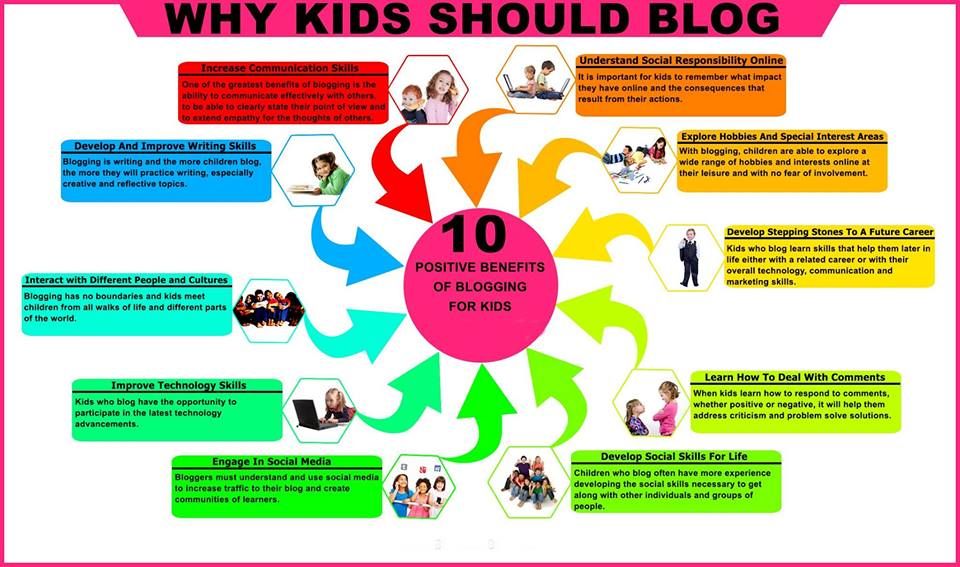
- Then take coloured wax crayons and trace the letters a few times.
Over time, you can start to decrease the size of the letters. Print your child’s name in grey letters or dotted letters and ask them to trace the letters in pencil.
Later, write their name softly on their work and get them to trace over it, until they are writing it independently, using the correct formation.
If your child experiments with writing their name before the process is complete, don’t stop them. Allow them to experiment with writing freely.
Remember to have fun and let your child progress through the steps at her own pace.
Get FREE access to Printable Puzzles, Stories, Activity Packs and more!
Join Empowered Parents + and you’ll receive a downloadable set of printable puzzles, games and short stories, as well as the Learning Through Play Activity Pack which includes an entire year of activities for 3 to 6-year-olds.
Access is free forever.
Signing up for a free Grow account is fast and easy and will allow you to bookmark articles to read later, on this website as well as many websites worldwide that use Grow.
- Share
When should I teach my child to write their name?
When should I teach my child to write their name?
May 6, 2018 by admin 58912 0 7
For Children, writing their own name is a huge milestone. They can identify themselves, they can identify their belongings and… if they are anything like most kids, they can graffiti it on tables, walls, toys and beds and then blatantly deny it to your face!
But even we, as parents, feel this sense of achievement when our child can write their name, it’s one of the first literacy milestones they make and there is a big stigma around it…
But did you know we can actually hinder the process if we teach them to write their name before they are ready!
The norms for learning to write your name differ significantly amongst our young people and we need to acknowledge this as every child develops at a different rate! Age is not the deciding factor for knowing if your child is ready to write. There are developmental milestones that aide the process – things like midline crossing, visual perception skills (including memory), fine motor skills, understanding the concepts of letters and functional gross motor skills all need to be at a certain level to be able to learn writing.
There are developmental milestones that aide the process – things like midline crossing, visual perception skills (including memory), fine motor skills, understanding the concepts of letters and functional gross motor skills all need to be at a certain level to be able to learn writing.
Some children will learn to write their name when they are 2 or 3 (this is rare, don’t feel like your 3 year old should be able to write their name) while others are still having difficulty when they are in year 1 (this is something that I would certainly be working on, but I see it often enough to know its common).
A general rule of thumb is that by the time they start kindergarten we would LIKE children to be able to:
- Identify their name (find it amongst others, even similarly spelt names) and
- Write their name so that adults can recognise it – It doesn’t have to have correct letter formation (although that helps) and it doesn’t have to be written on a line or anything formal like that (in fact I would encourage them not to have a line to write on initially – just a blank page).

What happens if they learn too young?
If a child is encouraged to write before they are ready you will often find:
- They write in individual vertical and horizontal lines to form the letters they see rather than using curved and intersecting lines.
- Due to this, letter formation habits are formed incorrectly and bad habits have started. Keep in mind that the longer a child writes for with incorrect letter formations the harder it is to correct and in the long term their writing is harder to read.
- When a task is hard for a child they often give up – so if a child isn’t ready to write and they find it hard,they will end up not liking writing and the task will have a bad stigma in their mind!
- A child needs to have appropriate ‘visual perception’ skills in order to perceive the letters they are writing – this comes with development, its not something parents can rush! otherwise you get reversals or flipped letters (vertically flipped.
 )
)
But please note letter reversals are typical up until the age of 7.
How do I know when my child is ready to learn to write?
Children will be ready at different times and we need to accept that (My twin boys, who had exactly the same exposure and upbringing had about 5 months between the time the first twin was ready and the second twin was ready to learn to write.) Generally speaking – children tend to let you know when they are ready here are a few clues:
- Their drawings start to actually look like what they mean to draw (not just random marks and scribbles)
- They can copy basic lines (vertical, horizontal and sometimes diagonal),
- They can copy basic shapes (circle, square, cross and sometimes triangle) with some resemblance.
- They become interested in letters and will verbalise the letter names and/or sounds or ask questions about letters and numbers they see in their surroundings.
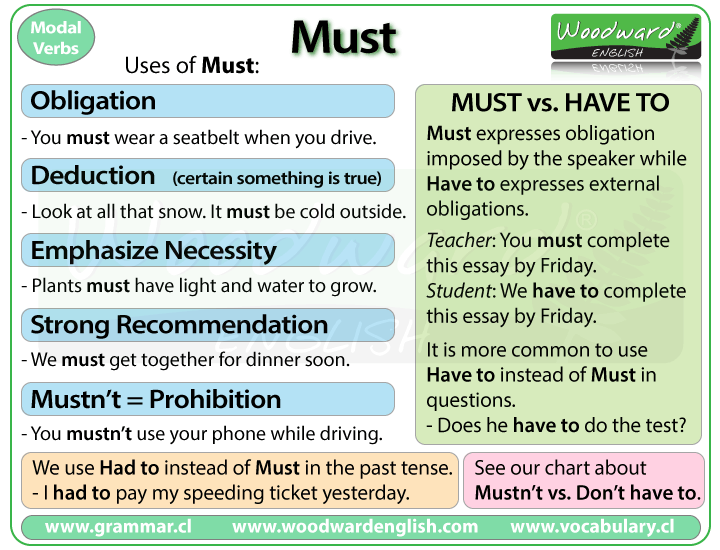
- They orientate pictures the correct way, if your child is handing you pictures upside down they are not ready for writing (this is common in children who are 2 and 3, so don’t panic, just don’t start writing yet.)
- They can differentiate between similar letters like b,d,p,q. When a child can identify that a stick and a ball at the top (p) is different to when there is a stick and a ball at the bottom (b) this is a good indication that their body awareness and understanding of positioning are developing ready for writing.
But please note letter reversals are typical up until the age of 7.
What should I do if my child is taught too early by mistake?
If these occur, stop the process and take a step to the side – depending on your child’s age there are different strategies you can use:
- Go back to practicing letter formations in isolation, just 1 letter at a time.
- Then put them back into their name and other words
- Stay calm, don’t make them stressed about the process
- Rubbing their work out all the time doesn’t actually help very much it may in fact hinder the process, keep their mistakes there for them to see so they can correct them.
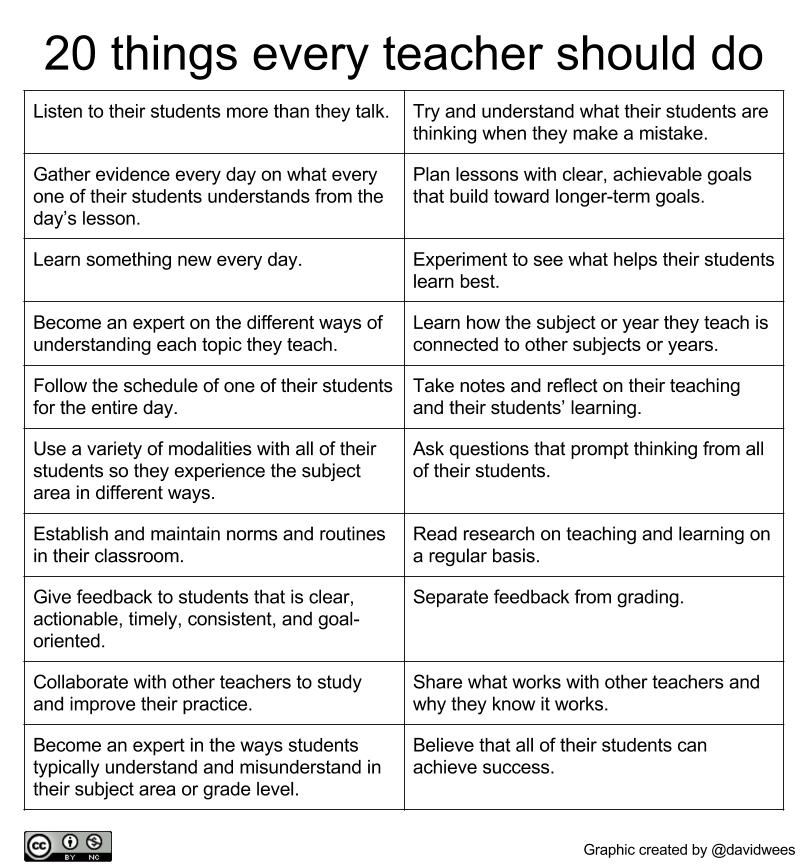
- Ask your teacher for ideas
- Seek out an Occupational Therapist for ideas!
How do I help my child get ready to write?
As with most OT skills Fine Motor skills are essential for holding a pencil and writing.
Always work on your child’s fine motor skills first before asking them to control the pencil. Fine motor games such as threading, playdoh, coin manipulation, posting (coins in a money box), pegs in a peg board, independent tool use (forks, spoons, kid safe knives, kids hammer etc).
However, as well as fine motor skills we also require a lot of gross motor skills too! I like to call these skills ‘functional gross motor skills’ as they are essential for learning. Activities like climbing a tree, climbing on play equipment, ball skills – throwing, catching, bouncing, rolling etc, balance games, coytes, running with skill, skipping and following basic body movements are all great activities.
If you feel your child is falling behind in terms of their development functional development, talk to our OT team!
We are always here to help
Now, the next step is actually teaching them to write it – stay tuned for the second part of this blog coming soon!
How to teach a child to respond to his name?
05/23/16
Recommendations of a speech therapist in a situation where the child does not respond to
Source: Speech and Language Kids
Many parents are worried when their child does not respond to the name.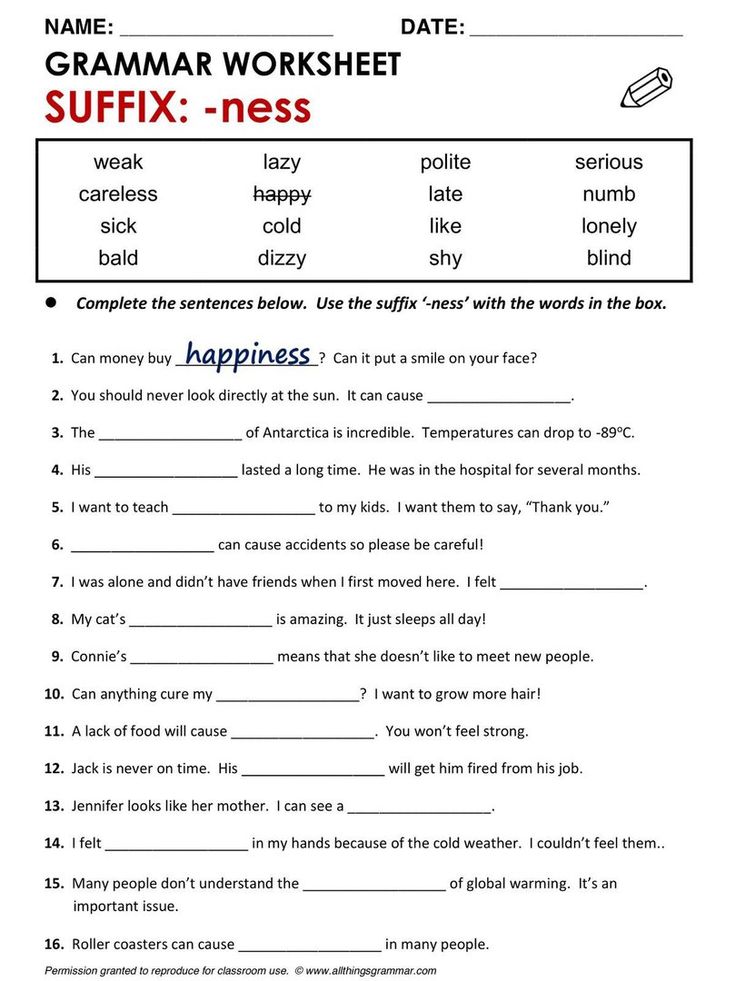 This is one of the first symptoms of delayed social development, including autism. Lack of response to one's name makes it difficult for adults to interact with the child and hinders communication with peers. If a child does not respond to his name, this does not mean that he has autism, but this is a serious reason to be examined for a possible delay in mental or speech development. Below are steps that parents can use to teach their child to respond to their name.
This is one of the first symptoms of delayed social development, including autism. Lack of response to one's name makes it difficult for adults to interact with the child and hinders communication with peers. If a child does not respond to his name, this does not mean that he has autism, but this is a serious reason to be examined for a possible delay in mental or speech development. Below are steps that parents can use to teach their child to respond to their name.
Responding in an isolated environment
First of all, we must teach the child to respond to a name in an environment where there is little to no distraction. To do this, you need to choose a place where there is nothing entertaining for the child. Maybe it's a kitchen table or a room where there are no toys and nothing happens.
Sit next to the child in an isolated environment. Prepare some kind of reward for the child ahead of time, such as a toy, treat, or a hug and tickle if your child enjoys it.
Wait for the child to turn away and say his name. If he looks at you, reward him with a planned reward. If he doesn't look at you, say his name louder with some additional noise, such as rustling paper or banging on the table. Keep doing this until the child looks at you. Reward him. Every time you reward him, praise him: “You heard your name, well done!” Keep doing this and try to limit yourself to his name as much as possible, resorting to additional noise only if he does not answer.
Continue these activities until the child looks at you in response to his name about 80% of the time in an isolated environment (with minimal distractions). After that, you can move on to the next step. Remember that these sessions should be frequent but short. The child will quickly get tired of turning to you every now and then, so try not to overdo it.
Responding in a structured environment
Now that the child has learned to respond to the name when there are no distractions, it is important to gradually add distractions and see if the skill is retained.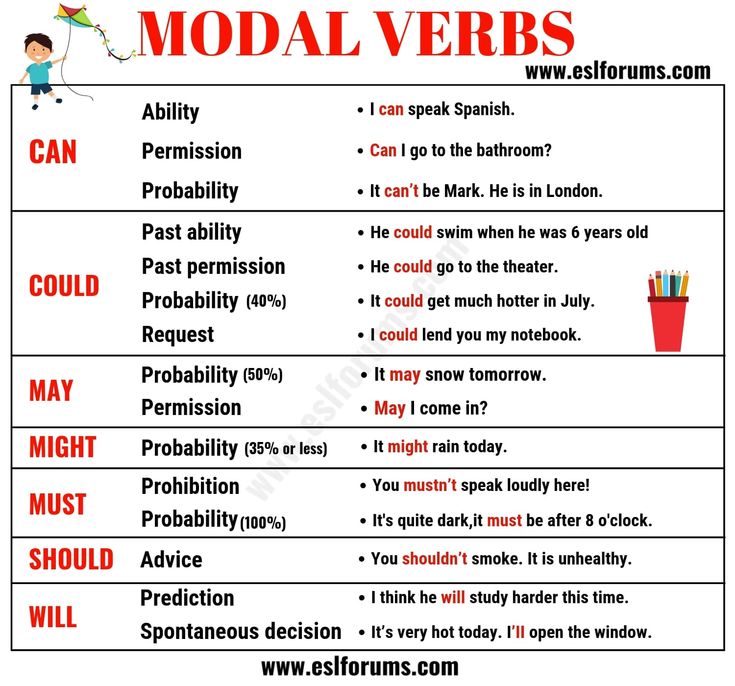
Sit next to your child where he or she will be distracted. For example, in the toy room or in front of the TV. Repeat the same activity as in the previous step when you say his name and reward him for looking at you. If he doesn't look at you, say his name louder and reward him if he looks at you. If he still doesn't look at you, say his name louder again and do something to get his attention. Then reward him when he looks at you. Now that there are more distractions around, this task may become more difficult for him. Make sure that between two training attempts you leave him alone and let him play. You need him to focus on something else when you call his name, otherwise he will just keep looking at you instead of practicing shifting his attention from his game to your words.
Continue doing this until the child is looking at you at least 80% of the time. You can only move on to the next step when you no longer have to wave your arms or make noise to get the child's attention.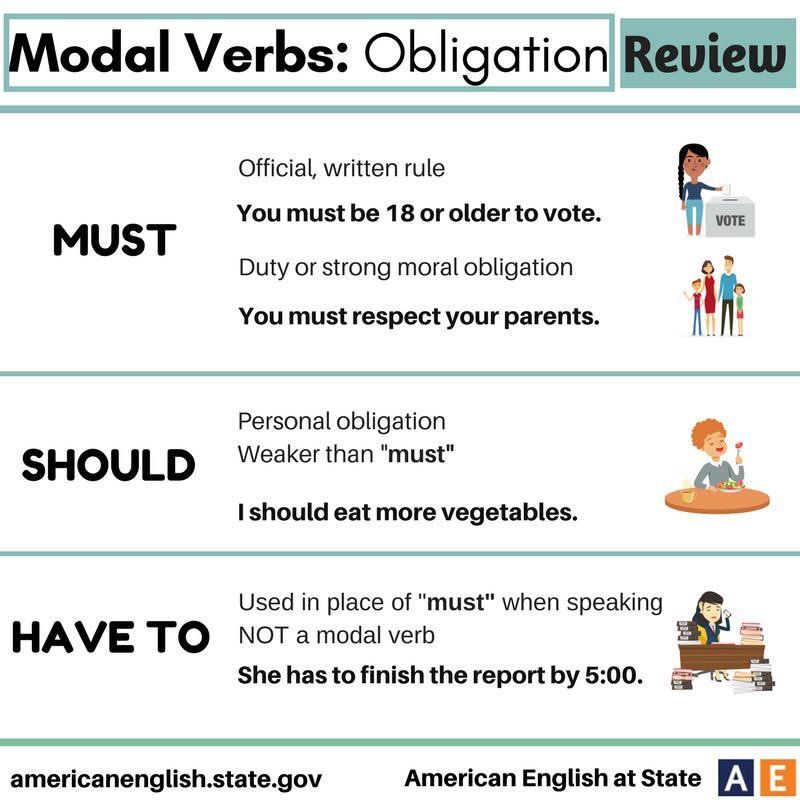 He should only be able to respond to his own name.
He should only be able to respond to his own name.
Responding in an unstructured environment
After the child has learned to respond to his name when he sits next to you, we must teach him to do this in any situation.
Wait until the child is focused on something, such as a favorite toy or looking at a book. Stand relatively close to the child and say his name. Pause until he looks at you. If he does, then praise and reward him as in the previous steps. If he's not looking at you, change the volume of your voice and your behavior to get his attention. We want him to gradually start responding to his name without additional ways to get his attention.
Be aware that even children without speech delay do not always respond when called, so do not strive for perfection.
As the child progresses, start calling him by his name from a greater and greater distance. Ultimately, the child should respond, even if you called him from another room.
Continue to work on this skill in different places and with different people who will call the child's name until the child responds to the name in most cases.
We hope that the information on our website will be useful or interesting for you. You can support people with autism in Russia and contribute to the work of the Foundation by clicking on the "Help" button.
Parenting with Autism, Communication and Speech, Social Skills
Pay Attention to Your Relationship with Children
June 16, 2014
Keeping families, and especially children, safe is very important. It is through daily communication with your child that you learn about the problems and issues that concern him and, by solving his problems with him, help him learn how to behave correctly in a given situation. Therefore, the first rule says: talk to children as often as possible, help solve them, even if they are trifling, in your opinion, problems.
Watching a child play, we look at ourselves from the side. This means that we ourselves need to be extremely careful and attentive, knowing that the child can reproduce our action to the smallest detail. Therefore, no matter how many times you repeat to the child that before you open the door, you need to find out who is behind it, he will never do it if you yourself do not clearly do it. Rule two: if you want to teach your child safety rules, first of all follow them yourself.
Therefore, no matter how many times you repeat to the child that before you open the door, you need to find out who is behind it, he will never do it if you yourself do not clearly do it. Rule two: if you want to teach your child safety rules, first of all follow them yourself.
The best way to teach children is by example. If you are always attentive to your own safety, then the child will repeat the same actions. Any swindler or thief carefully watches people and accurately chooses his victim, and if you have taught your child to be attentive, then the chance of being robbed will be almost halved.
A child alone in an apartment
At what age can a child be left alone? It depends on many circumstances: the age of your child, his independence, and how much you trust him. It is necessary to gradually accustom the child to be alone.
The main rules if the child is left alone at home should be:
1. In a conspicuous place, write the phone numbers by which he can quickly contact (your work, mobile, police, ambulance, fire department, neighbors).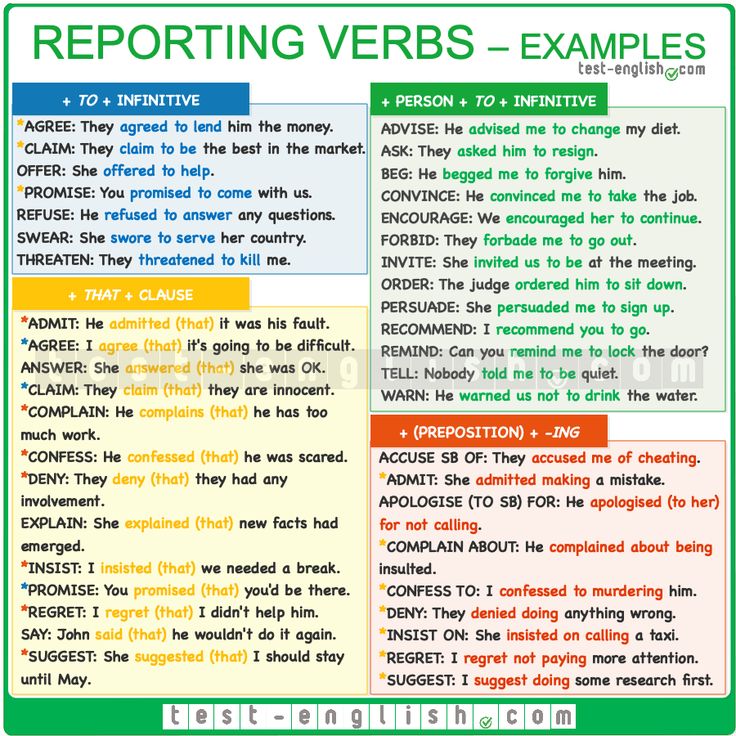
2. Constantly repeat the rules of conduct, arrange small exams, sort out mistakes.
3. Follow the safety rules yourself. Be an example.
4. Learn with your child his name and the names of his parents, as well as the home address and telephone number.
5. Remove any items that could hurt him.
6. Check if you left the water or gas on, turned off the electric heaters.
7. Close the windows and carefully lock the front door.
8. When leaving in the evening, do not forget to turn on the lights in the rooms, this will scare off intruders, and your child will not be afraid of being alone.
9. When the apartment is located on the first floor, curtain the windows, and if someone knocks on the window, your child, without coming up to him, should shout loudly: “Dad! Go here".
10. When returning home, warn the child about this by telephone or intercom. Having rung the doorbell, the child should open it only after you have fully identified yourself.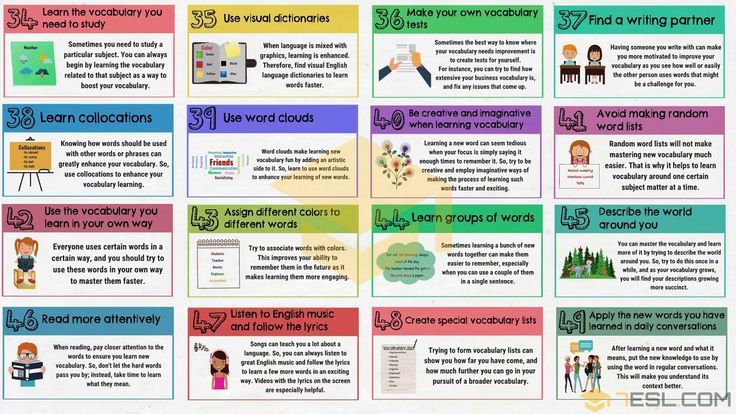
Keep tablets and other medicines out of sight. When leaving home, remove all piercing, cutting objects and matches. The storage of weapons and ammunition in apartments, houses must be legally with the appropriate permit. It must be kept out of the reach of children, in a safe where only adults should know the keys and the code to the safe.
Teach your child how to properly handle the TV, iron. Explain that it is forbidden to climb into sockets, and even more so to put foreign objects into them.
Try to clearly explain to the child that while he is at home behind a closed door, he is relatively safe, but as soon as the door is opened, the line between him and the criminal is erased, he immediately becomes easy prey, if only because he does not ready for an attack from outside, therefore, he cannot orient himself in the current situation.
Here is just a small list of mistakes that our children most often make:
- they open the door without thinking about the consequences, and even if someone is standing on the landing, they calmly go towards a stranger;
- when leaving the apartment, they often leave it open, saying that I will return quickly; carelessly throwing out the trash or picking up the mail when someone appeared behind them;
- sit in an elevator with strangers.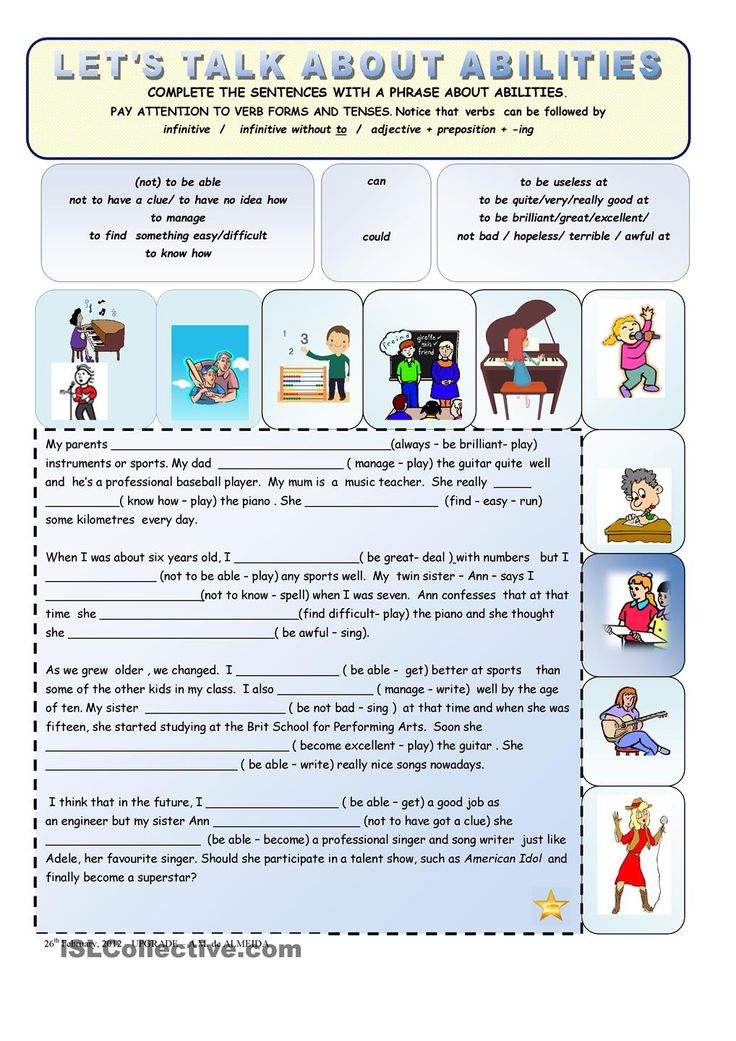
Dear parents, remember that your child may not always be able to correctly assess the situation, so it is better if he performs tasks under your watchful supervision:
1. Before opening the door, look through the peephole to see if there are strangers behind the door.
2. If you can't see but hear voices, wait until people leave the area.
3. After opening the door and leaving the apartment, don't forget to lock the door behind you, and then you can be sure that when you return, a criminal will not be waiting for you at home.
4. If you left the apartment and saw suspicious people, come back immediately.
5. If a stranger is behind you, turn to face him. In case of an attempt to attack you, be prepared to defend yourself. To do this, you can use a briefcase, a bag, a trash can, keys, a key chain, etc. Strike the attacker with a surprise blow and then run away, shouting "Fire" or "Burning."
6. Don't look at the mail near the mailbox, go up to your house and look there.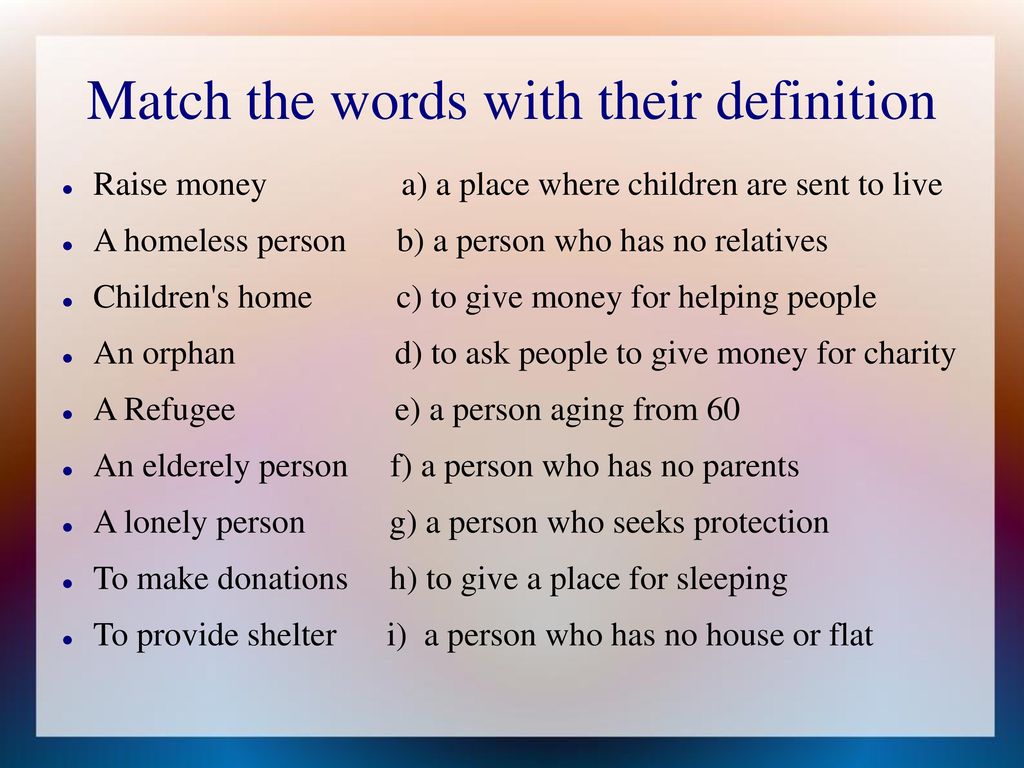
7. If a stranger asks you to take the elevator, refuse, saying that you will be late or that you live on the second floor and walk up the stairs.
8. If a stranger tries to cover your mouth, try to bite his hand, but if you are face to face with him, bite his nose. 3. Communication by phone
At present, few people imagine communication without a telephone. Often, the phone turns from a means of protection into a "master key" of criminals. Therefore, we remind you of the basic rules for using a child's phone:
1. When picking up the phone, do not give your name or the caller's name, you may make a mistake.
2. Never tell anyone that you are alone at home.
3. If asked for an address, don't, ask to call back later.
4. When arranging a meeting with friends, schedule it for a time when there will be someone else besides you in the apartment.
5. If they try to drag you into an obscene conversation, hang up and inform your parents.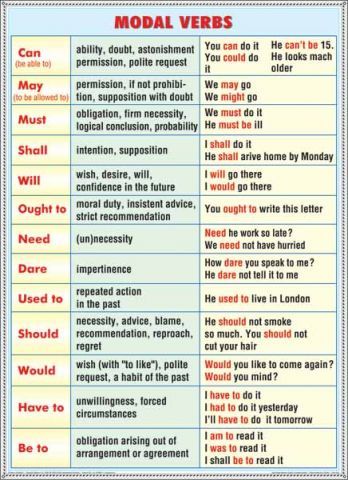
6. Get a phone with automatic caller identification to detect and check subscribers with suspicious numbers.
Communication with strangers
Criminals often take advantage of children's gullibility. But we are partly to blame for this. The child, watching us, sees how easily and simply we talk in public transport and public places with strangers and repeats our actions. How to teach a child to be careful. First of all, he needs to explain that all people who are not his relatives will be strangers to him, even if he often sees these people in his house.
1. When leaving the keys to the apartment to your child, do not hang them around his neck or fasten on his belt, leave them with neighbors or relatives living nearby, or put them in an inside pocket.
2. Teach your child not to trust the keys to the apartment to strangers who introduced themselves as your acquaintances. Your child should not bring strangers to their home, even if they referred to you. In extreme cases, only with the permission of the parents.
In extreme cases, only with the permission of the parents.
3. Your child should never leave school (kindergarten) with people they don't know, even if they referred to you.
4. If you can't pick him up at school (kindergarten), warn who will pick him up and show this person in person (or he must know the person in person).
5. Don't forget to let the caregiver know who is coming to pick up your child.
6. Ask the caregiver to contact you if strangers come to pick up your child that you did not warn him about. After that, be sure to contact the police.
7. If your child is being taken away by force, he should attract the attention of people by shouting: “These are not my parents! I do not know them!"
8. If the child is brought to the police, he must give his address, parents' phone number and his name.
Doorbell
Each of us is faced with a situation when the doorbell rings, you come up and see strangers through the peephole. What to do: quietly move away or ask who is behind the door, start calling non-existent family members or hide?
What to do: quietly move away or ask who is behind the door, start calling non-existent family members or hide?
It is best in this situation to move away from the door to the side, suddenly the criminals are armed, and the door is unlikely to be able to protect against a bullet, and loudly ask: “Who?”. But if the child is left alone at home, in no case should he open the door and ask people to come later.
If you nevertheless opened the door and the criminals entered the apartment, now you must either put up a strong resistance, using self-defense tools (if you are confident in your abilities), or obey their demands. Try to behave as calmly as possible, do not throw tantrums, clearly follow all the instructions of uninvited guests. It is best to gather the whole family in one room, take the children in your arms and calm them down, do not make sudden movements, remember that the attackers are always afraid, which means that their nerves are on edge, and any careless movement can cost you or your child life. No matter what, do not threaten the attackers, you can provoke them into unnecessary sacrifices, so sit silently and try to remember the faces of the criminals as clearly as possible.
No matter what, do not threaten the attackers, you can provoke them into unnecessary sacrifices, so sit silently and try to remember the faces of the criminals as clearly as possible.
Elevator
Children often perceive the elevator as an attraction that they can ride on, and very often they forget about the safety measures in it, riding on the roof or opening the doors of a moving elevator. What if you cannot meet or see off the child yourself?
The first rule should be: can the child go up or down the elevator on their own, ie. does he reach the button for the desired floor, and does he know the safety rules in the elevator, can he call the dispatcher if the elevator gets stuck, or does he smell burnt rubber.
If the child is not yet independent enough to ride the elevator alone, accompany him or ask him to use the stairs.
Never allow your child to ride in an elevator with strangers, even if they are your neighbors.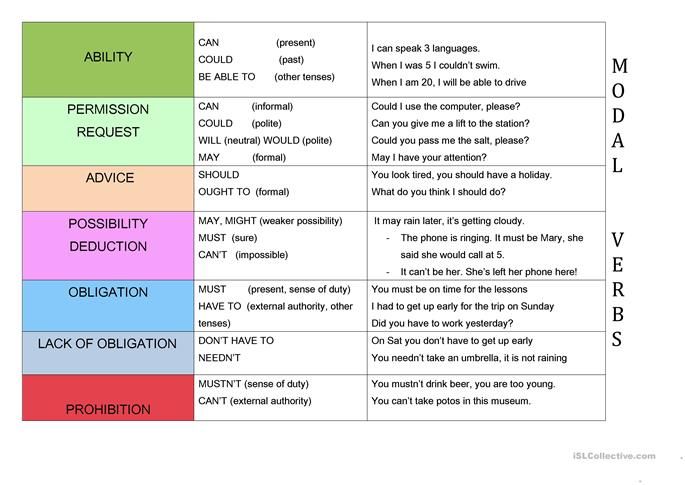
If, while waiting for an elevator, a child notices an approaching stranger, he should turn to face him and prepare to repel the attack.
The elevator car approached, but strangers are standing at the elevator: the child must refuse the trip under the pretext that he forgot to take something at home or left it on the street.
The child was in an elevator when a stranger entered: the child must exit the elevator.
If the child decides to continue to go up the elevator with a stranger, he should face the newcomer, taking a place next to the door.
If a stranger starts molesting, taking off his clothes, don't threaten him to tell his parents or the police everything, don't cry, be calm, try to involve the rapist in a conversation.
If the rapist pulls you close, do not push him away, hug and bite your nose or lip, try to bite them off. If a stranger takes off his pants or unbuttons his fly, hit him sharply in the groin, press the button for the next floor and run.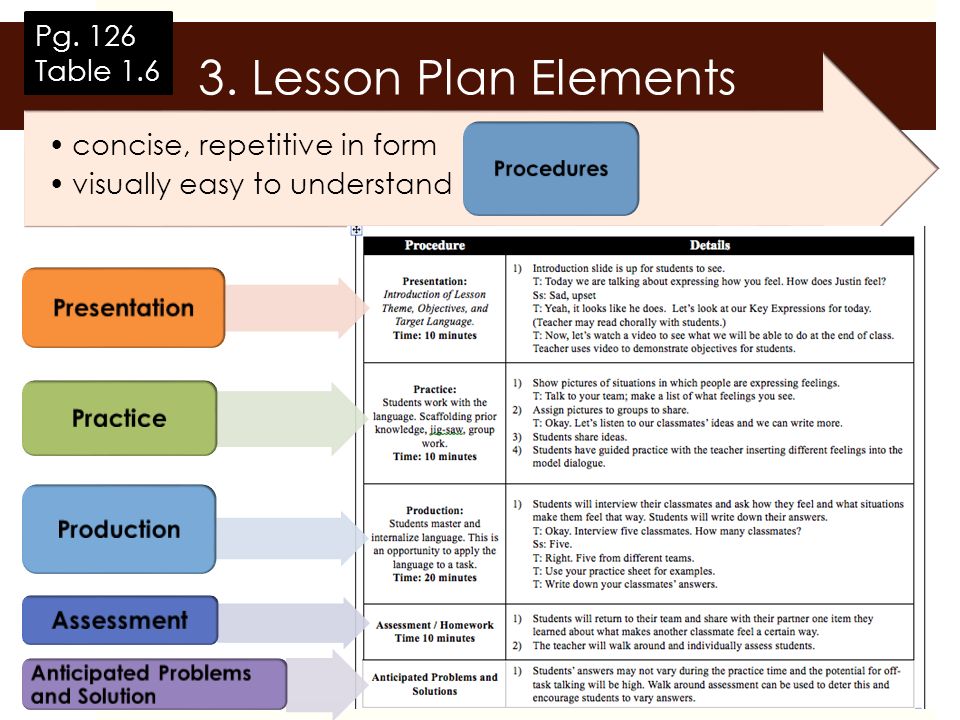
If you have the opportunity to run, don't pack your clothes or bag, run away wearing whatever you have. If you have an aerosol with you, direct the jet in the face of the rapist.
Danger from parents
We talk a lot about the danger that comes from strangers, but we hardly talk about the danger from parents. We sometimes put our children's lives at risk without thinking. These are rash debts that you are unlikely to be able to deal with, and divorces, and new marriages, and simple non-compliance with traffic rules. From birth, parents should instill a trusting attitude towards each other in a child. Teach him not to be afraid of his parents and tell them the truth about all the cases in their life - this will help to avoid many problems in the future. If you have large savings of money at home, then it is advisable that children do not know about them, since in games on the street or in an apartment with friends (acquaintances) they can brag about this, which can lead to their theft. Instill in children honesty, thrift, the ability to live within their means. When children ask you for money, let them explain what they are for. If you think the request is not justified, then try to clearly explain the reason for the refusal. Resentment on the part of the child can lead to the fact that he himself will take the money, hiding about it, and this will lead to distrust of parents and children.
Instill in children honesty, thrift, the ability to live within their means. When children ask you for money, let them explain what they are for. If you think the request is not justified, then try to clearly explain the reason for the refusal. Resentment on the part of the child can lead to the fact that he himself will take the money, hiding about it, and this will lead to distrust of parents and children.
If you find yourself in a difficult financial situation, you are threatened by hiding, do not take your child with you, leave him in an orphanage under a different name or hide him with reliable people, as he is your weak spot.
The child and the street
When leaving a child on the street, arrange with one of the neighbors walking with children to look after him. When choosing a place for games, use places remote from the highway, or specially equipped areas. Tell your child how to properly approach swings or other moving attractions.
When crossing the road, be sure to use the crossings and follow the safety rules on the road. If you go for a walk with a stroller, when crossing the road, be especially careful, do not run across in front of moving vehicles, waiting for a traffic light, do not leave the stroller on the roadway.
Do not carry a child across the road on a sled, pick him up or hold him by the hand. Do not allow the child to hide behind a parked car or get a rolled ball out from under it, let him turn to you for help.
Keeping a child at home all the time is almost unrealistic, and indeed impossible, because he needs fresh air, and most importantly, communication with friends - peers. Therefore, you will face the problem of "the child and the street." The desired freedom on the street sometimes plays cruel jokes with our children. And this means that going out into the street, they must be even more attentive and careful.
When taking your child out for a walk, do not wear expensive jewelry that may cause attacks on him. Do not hang the keys to the apartment around his neck and do not fasten them on the belt of his trousers; make a special pocket for this purpose.
Do not hang the keys to the apartment around his neck and do not fasten them on the belt of his trousers; make a special pocket for this purpose.
If you let your child go out alone, look after him from the window or arrange or agree on a joint watch with other parents when your children are out.
Noticing that a stranger has approached the child, call the child home and immediately go down to him yourself. Find out what the stranger wants and inform your local police inspector about it.
When taking a walk with a child, try not to make unmotivated remarks to him, which may cause the child to protest and desire to annoy you. Leaving the apartment, your child should look through the peephole and, if there are unknown persons on the site, wait for them to leave or ask you to take him outside. Lock the door with all locks, do not be satisfied with a slammed door. Store your keys in a hidden pocket.
When leaving home in the absence of parents, the child must leave a note where and with whom he is going and when he will be at home, if possible, leave a phone or other way of contacting him.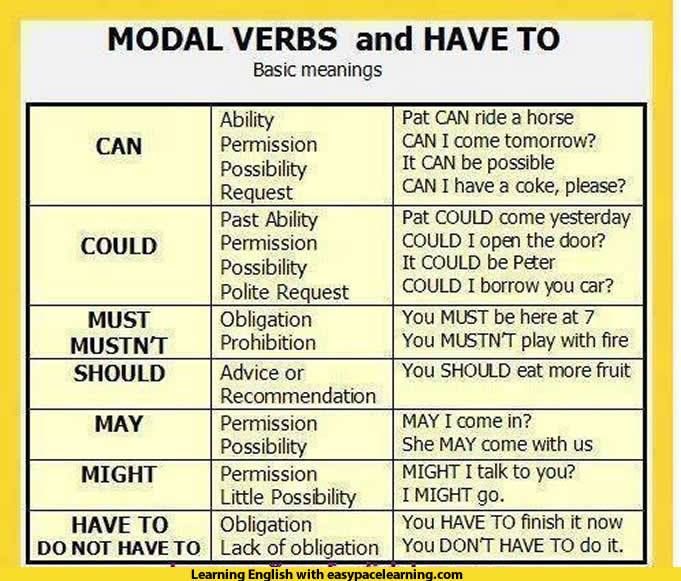 If it is not possible to come home at the appointed time, it is necessary to call the parents and warn of the delay.
If it is not possible to come home at the appointed time, it is necessary to call the parents and warn of the delay.
The child should not run out of the entrance, and having opened the door, it is necessary to look around if there is a vehicle nearby, under the wheels of which he may be. Noticing a friend on the other side of the street, do not rush to meet him, but you need to remember that there is a road ahead.
When letting your child go for a walk, warn him about the most dangerous places in the yard (cellars, attics, standing cars). When playing hide and seek, you should not hide behind a standing car, it may suddenly drive, you should not go into the basement, a rapist may be waiting for his victim there, or a drunken company has gathered, or the basement may simply be closed.
If a child suddenly disappeared from the yard, first try to find out from those with whom he was together, where and with whom he went. Talk to neighbors and acquaintances, perhaps he was seen in another place. Ask for help from the duty department of the police department at the place of residence and the district inspector.
Ask for help from the duty department of the police department at the place of residence and the district inspector.
If your child enjoys cycling or roller skating, tell them where they can do it and be sure to remind them of the basic safety rules. At the first such walks, the presence of parents or elders is necessary until the child feels confident.
Special attention should be paid to the interaction of the child with pets. Vicious dogs must be protected from the child (be in an aviary, another room, in a muzzle). Dogs that don't appear to be vicious can also harm a child if the child came into the family later than the dog. Do not allow your child to play with other people's animals, dogs often react aggressively to strangers. A child playing with animals should be under your constant supervision.
Crowded places
There are times when we decide to go on a mass walk or go to a store or market with a child before a holiday and choose a gift together with him.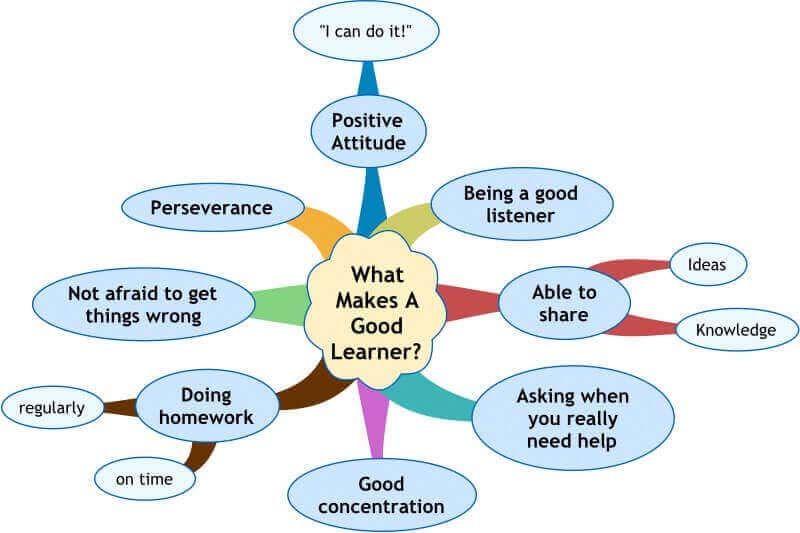 But how to make sure that the holiday is not overshadowed by the search for each other in the crowd of people, the worries of parents and the punishment of the child? To do this, it is necessary to prepare for a non-standard situation, it must be foreseen.
But how to make sure that the holiday is not overshadowed by the search for each other in the crowd of people, the worries of parents and the punishment of the child? To do this, it is necessary to prepare for a non-standard situation, it must be foreseen.
Whether you are going to a party or just letting your child go for a walk, sew labels to his clothes, made on cotton plain fabric with a typewriter or embroidered with a thread with a name, surname, telephone number and medication contraindications. When going to crowded places, dress your child in brightly colored clothes that you can easily spot. When going out to crowded places, do not forget to take with you photographs of the child that most fully reflect his appearance.
When entering a square, market or shop, show your child where you will meet him if you lose each other. Do not make an appointment at lampposts or under the clock, there may be several. Remember that not only are you holding the child's hand, but he is also holding you. Do not allow the child to hold you by the floor, sleeve or bag handle, it is easiest for him to lose you. When approaching the counter or making your way to the place you need, try to keep the child in front of you.
Do not allow the child to hold you by the floor, sleeve or bag handle, it is easiest for him to lose you. When approaching the counter or making your way to the place you need, try to keep the child in front of you.
You have lost a child: look around, loudly call him by his first and last name, and if you did not notice him, move to the meeting point, along the way showing photos of the child to people around you. The child should not respond to any suggestions to go look for parents, he may ask unfamiliar, decent-looking people to take him to the meeting place with his parents. He should also not accept treats and toys from strangers in any situation.
If you see a child, do not call him, try not to lose sight of him and start moving towards him. After you have found each other, do not attack the child, scolding him for the wrong behavior, it is better to sort out the mistakes that were made with him. Analyze whether the place for the meeting was chosen correctly or not, and why the child could not immediately find it.
Your child must remember that his safety primarily depends on himself, how he will respond to a stranger to his tempting offer, or how he will act in this or that situation, when his life depends on the right answer or decision. And to teach him this is our task with you.
Additional advice for parents
Create your own information database for your child. Cases of kidnapping of children are far from uncommon in our time, and a child can simply get lost. Therefore, often take pictures of your children, especially close-ups and in full growth. If possible, try to film it on a video cassette, since any characteristics (speech, motor, etc.) can be useful for searching.
Criminologists also recommend having a so-called home. "rescue baby jar" (sterile dishes with a preserved flap of an old children's shirt - to preserve the smell, strands of children's hair in a paper envelope and even fingerprints). In tragic cases, such information can provide significant assistance to the search services. Do not let children out on the street with expensive things and valuables (cassette players, gold jewelry, flashy and expensive clothes can be an overly attractive object of criminal encroachment).
Do not let children out on the street with expensive things and valuables (cassette players, gold jewelry, flashy and expensive clothes can be an overly attractive object of criminal encroachment).
The "shaking" common in some schools and yard companies (demanding, under the threat of violence, pocket money by older teenagers from youngsters, younger schoolchildren) is called extortion in the language of criminal law. It is the impunity of such offenders that subsequently leads to rather sad results. Therefore, if you find that your child is afraid to leave the house or misses school, try to find out from him in a confidential conversation whether such behavior is associated with threats against him. Explain to him that negative consequences can be avoided if you do not keep secrets from your parents. At the same time, be sure to report each case of extortion to the police.
Teach your children how to properly lock the apartment door from the outside and inside, and teach them how to carry keys and pocket money.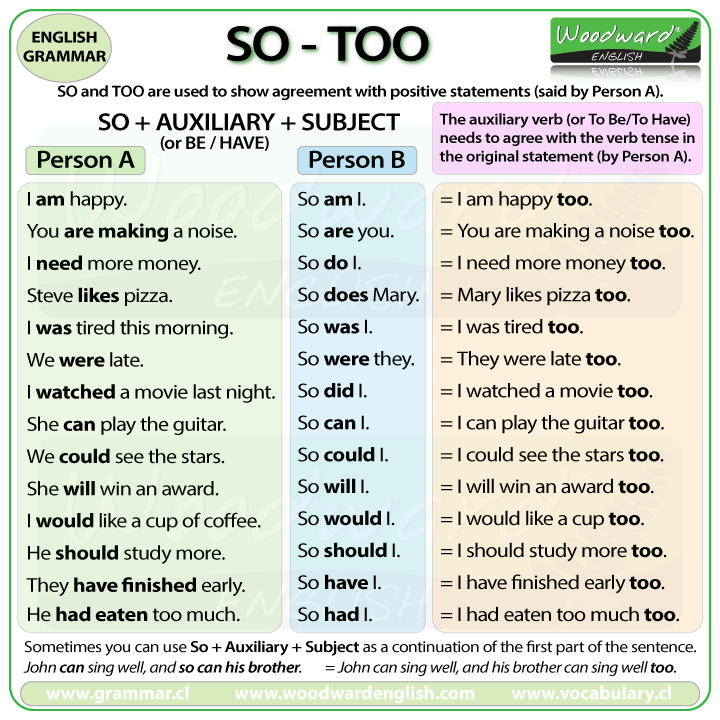 Inspire them that no one can ever come to the house on your behalf with a request to shelter for the night, give some thing or bag, etc. The child should never open the door to strangers.
Inspire them that no one can ever come to the house on your behalf with a request to shelter for the night, give some thing or bag, etc. The child should never open the door to strangers.
Our system of education is dominated by the premise that an adult is always right. Therefore, in order to protect the child from confrontation with maniacs, rapists and other offenders, teach children:
limit communication with strangers to friendly greetings only.
To all proposals of strangers, answer: "No!" - and immediately leave them, do not succumb to the persuasion of strangers, even if they know or call the child by name. Not all elders should be obeyed. Only parents, relatives or close friends of the family are entitled to obedience. If a child saw a stranger chasing him, then in the absence of relatives, let him, without embarrassment, approach passers-by who inspire confidence and ask for protection and help. It's up to you to teach him this.
Under no circumstances should you go anywhere with strangers, whether they are "adult" uncles or a yard company, do not enter an elevator with a stranger, do not get into a car with strangers, never accept gifts from strangers without parental permission.
In general, in English and American schools such situations are played out by teachers and children. As a result, children are able to safely walk away from contact with a stranger.
Thus, English specialists offer parents puzzle games with a set of points and forms of encouraging children if they solve the tasks correctly. For example, what will you do if a stranger on the street offers to show you a beautiful puppy, a cat? What would you do if a stranger offered you a ride in a beautiful car? What will you do if someone offers you to go to work with your mother with him, and your mother did not tell you anything about this and did not call? What will you do if someone calls you by your name on the street and says that dad had an accident and you should go to him together? It seems that holding such a game in our families can also play a positive role, do not play on the street after dark and do not walk far from home, avoid deserted places, ravines, wastelands, abandoned houses, sheds, attics, basements, do not go alone to long trips, no matter what happens, immediately tell parents or adults who the child trusts.
When teaching your child the rules of safe behavior, never try to intimidate him. By doing this, you will not only not teach the child to behave correctly in a critical situation, but on the contrary, you can contribute to the negative development of the conflict. After all, inaccurate phrases that frighten a child will not teach him the right behavior in case of a possible danger. Yes, and excessive intimidation of a child by contacts with offenders can have a depressing effect on his psyche and negatively affect his future development. Because of this, your task is to teach the child to be careful, but by no means turn him into an alarmist and a coward.
When communicating with children, experts recommend:
What not to say...
1. Do not talk to strangers.
2. Lots of psychos around.
3. You may be stolen.
4. It is very dangerous for children to walk in parks.
5. Nobody can be trusted these days.
Nobody can be trusted these days.
Instead, say...
1. Treat strangers like this...
2. Most people are trustworthy, but...
3. Nothing will happen to you if...
4. If someone approaches you...
5. You can ask for help ...
Be sure to instruct elementary and preschool teachers not to let your child go home with strangers without your written request. Teach your children to defend themselves. For the sake of personal safety, the child may violate all the rules and prohibitions. In no case should he think about the consequences of using self-defense techniques. Explain that if the child injures the attacker, they will only be praised for it. Point out to the child the most vulnerable points (groin, larynx, eyeballs) available to paralyze the criminal intentions of the attacker and, if possible, teach him how to strike at such points correctly. Also explain where the child should run in case of danger, to whom and how to turn for help.
In the event that your child or loved one is kidnapped and blackmailed:
First of all, make sure that the hostage is alive and well. Persuade the blackmailer of the need to talk to the child (a loved one) on the phone, while trying to give you the opportunity to talk live and not with a tape recording. When talking with a hostage, calm him down, try to convince him that you will do everything possible to free him as soon as possible. Convince the hostage of the need to comply with all the requirements of the terrorist, so as not to hurt himself. Do not try to find out the whereabouts of the kidnappers - this is the work of professional intermediaries and can cost the hostage dearly. After talking with the hostage, listen to the blackmailer. Analyze its characteristics, evaluate how high the threat is and what are the requirements of the blackmailers. In any case, try to ask for a delay (arrange a re-meeting, re-call).
If you decide to seek help, act immediately. Special services will need considerable time to develop and implement the operation. Strictly and clearly, without any initiative and personal initiative, follow the requirements of professionals (this can apply to everything: from the tactics of talking on a phone call to the tactics of exchanging a hostage).
Special services will need considerable time to develop and implement the operation. Strictly and clearly, without any initiative and personal initiative, follow the requirements of professionals (this can apply to everything: from the tactics of talking on a phone call to the tactics of exchanging a hostage).
If you decide to act on your own, be sure to demand guarantees that the hostage will remain safe and sound (reciprocity, money, information, valuables are transferred only after receiving evidence that the hostage has been delivered to a safe place under your control). Otherwise, a situation is quite possible in which the blackmailers, after receiving the required, will destroy the hostage as an unnecessary witness.
When handing over the required valuables, be prepared for any surprises from blackmailers. In any case, try to disappear immediately and not remain in the company of intruders.
Upon returning home:
If you notice strangers at the entrance to the entrance, wait until one of your friends enters the entrance with you.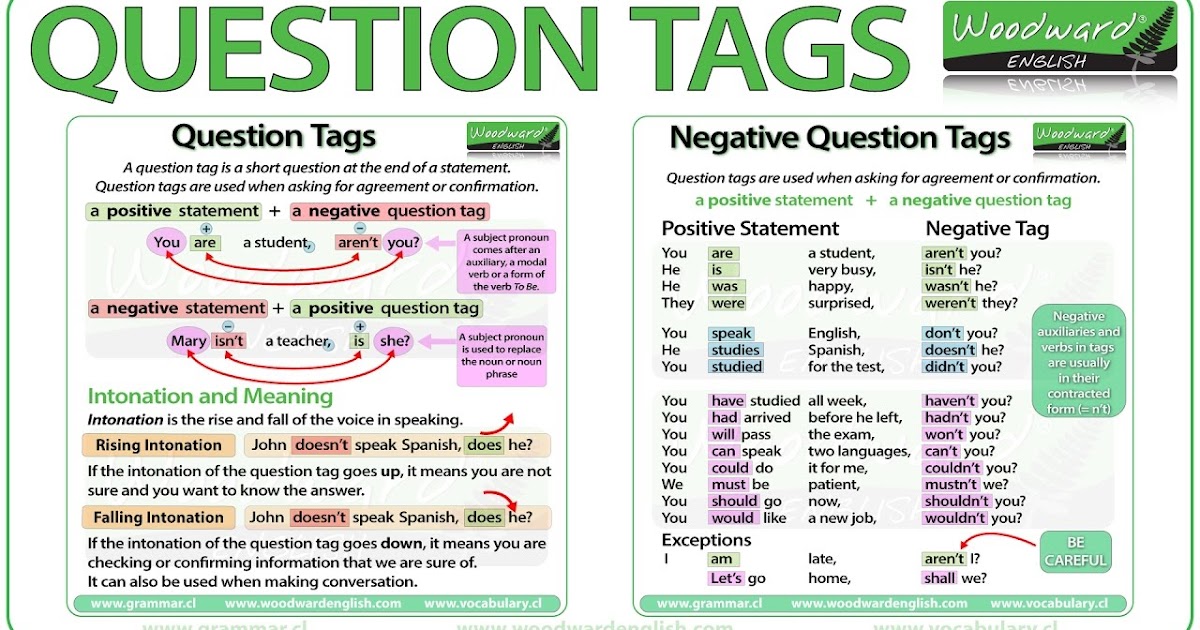
Do not enter an elevator with a stranger.
If you find that the door to your apartment is open, do not rush to enter, go to the neighbors and call home.
If you are alone at home:
ask your friends and acquaintances to warn you of their visit by phone.
if someone calls your apartment, do not rush to open the door, first look through the peephole and ask who it is (whether you are alone or with relatives).
do not open the door to the answer “I”, ask the person to name himself.
if he introduces himself as an acquaintance of your relatives who are not at home at the moment, without opening the door, ask him to come another time and call your parents.
if a person calls a name you don't know, saying that he was given this address without opening the door, explain to him that he wrote down the wrong address and call his parents.
if the stranger introduced himself as an employee of the DEZ, post office or other public service agency, ask him to give his name and reason for coming, then call your parents and follow their instructions.

